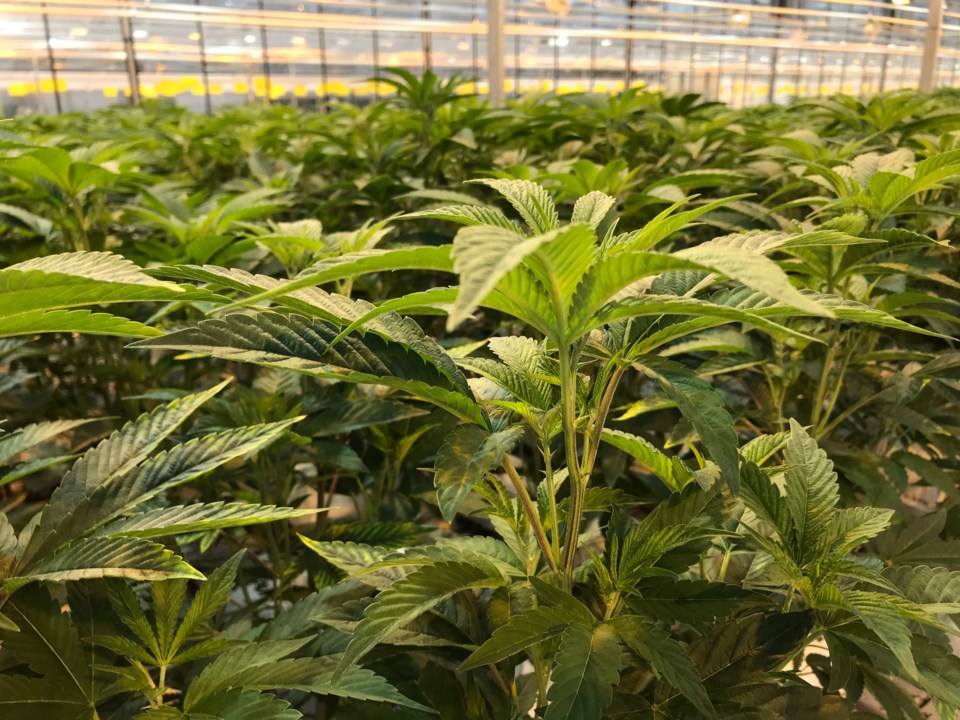A large-scale cannabis greenhouse operation in East Ladner has announced that it has signed an agreement with Langara College to support the Applied Science for the Canadian Cannabis Industry (ASCCI) research project.
The agreement will provide opportunities for researchers and students to study cannabis using the latest technology, facilitate innovation and address questions that are important to the industry.
During the course of the five-year research project, which integrates chemistry, biology and bioinformatics, Pure Sunfarms’ experts will work with faculty members and students at Langara on research that will provide new data and insights for published research, and also help advance Pure Sunfarms’ product development strategy.
It’s also to create valuable career-ready research opportunities for Langara students, a news release notes.
Researchers and students at Langara will benefit from close collaboration with Pure Sunfarms’ research and development team through the partnership, working alongside Pure Sunfarms’ scientific team at its on-site laboratory and 65,000-square-foot state-of-the-art processing centre to conduct research contributing to new scientific standards for post-harvest processing, identification of genetic drift and breeding of cultivation varietals, the greenhouse operation states.
Langara’s ASCCI research project is being supported by grants of $2 million from the Natural Sciences and Engineering Research Council and $1.3 million from the Canadian Foundation for Innovation.
Other industry partners include Ascension Sciences Inc. and Nextleaf.
Together with Pure Sunfarms they are providing additional financial support of $400,000, bringing the project’s funding total to $3.7 million, according to Langara.
A wholly-owned subsidiary of Village Farms International, Pure Sunfarms already has 1.1 million square feet in its greenhouse operation, having the capacity to produce 75,000 kilograms of dried flower annually for the Canadian recreational market.
Pure Sunfarms has also been planning to convert a second 1.1 million square foot adjacent greenhouse for production, which is expected to double the annual output capacity to 150,000 kilograms.


